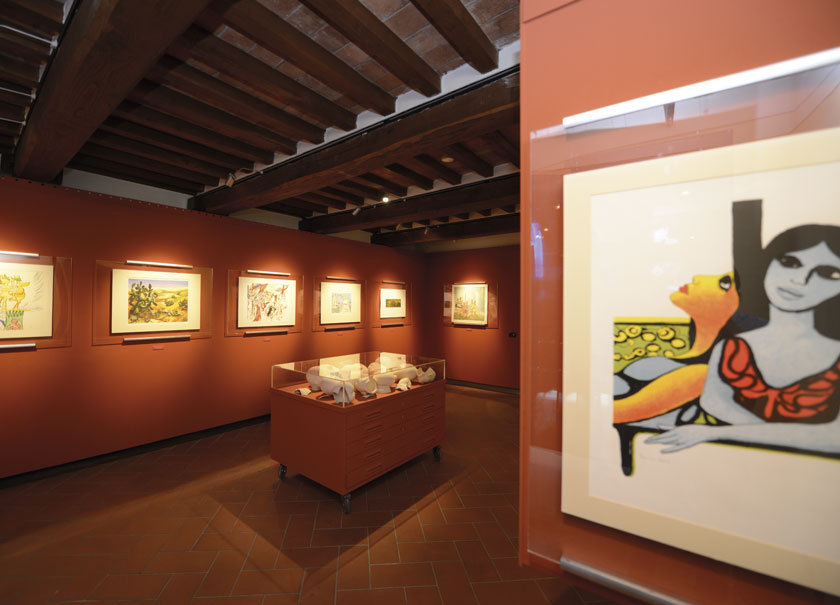
Piano secondo Collezione icone Belvedere S.p.A.

Enrico Baj, Donna Sdraiata, litografia a più colori
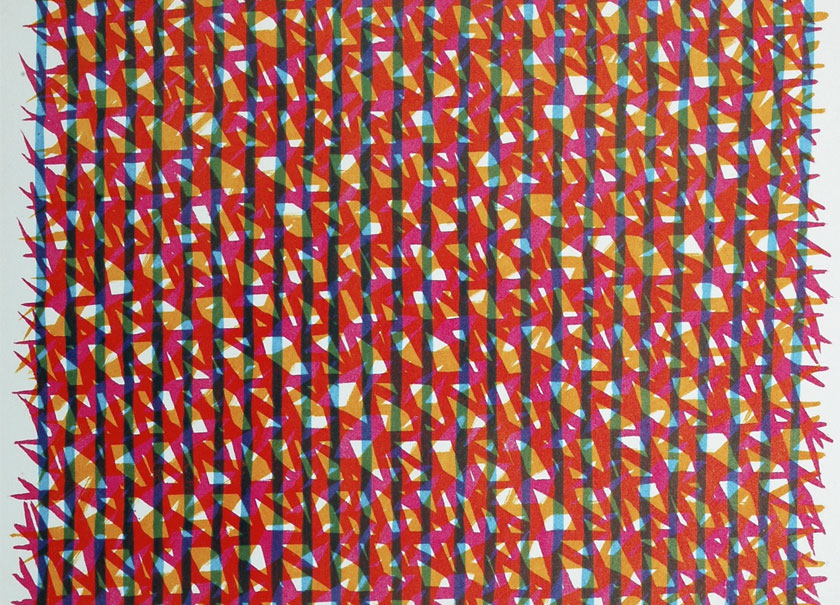
Piero Dorazio, senza titolo, 1962, litografia a più colori
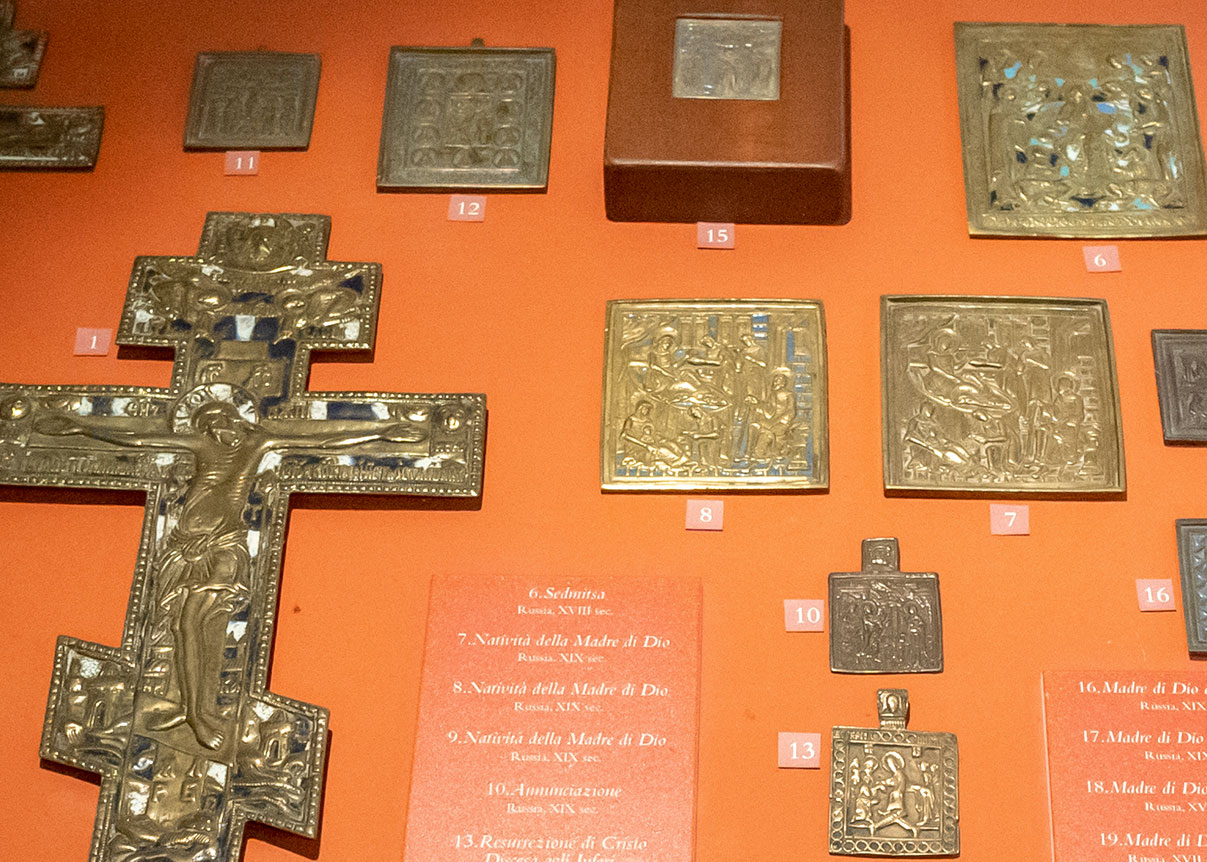
Collezione Berger
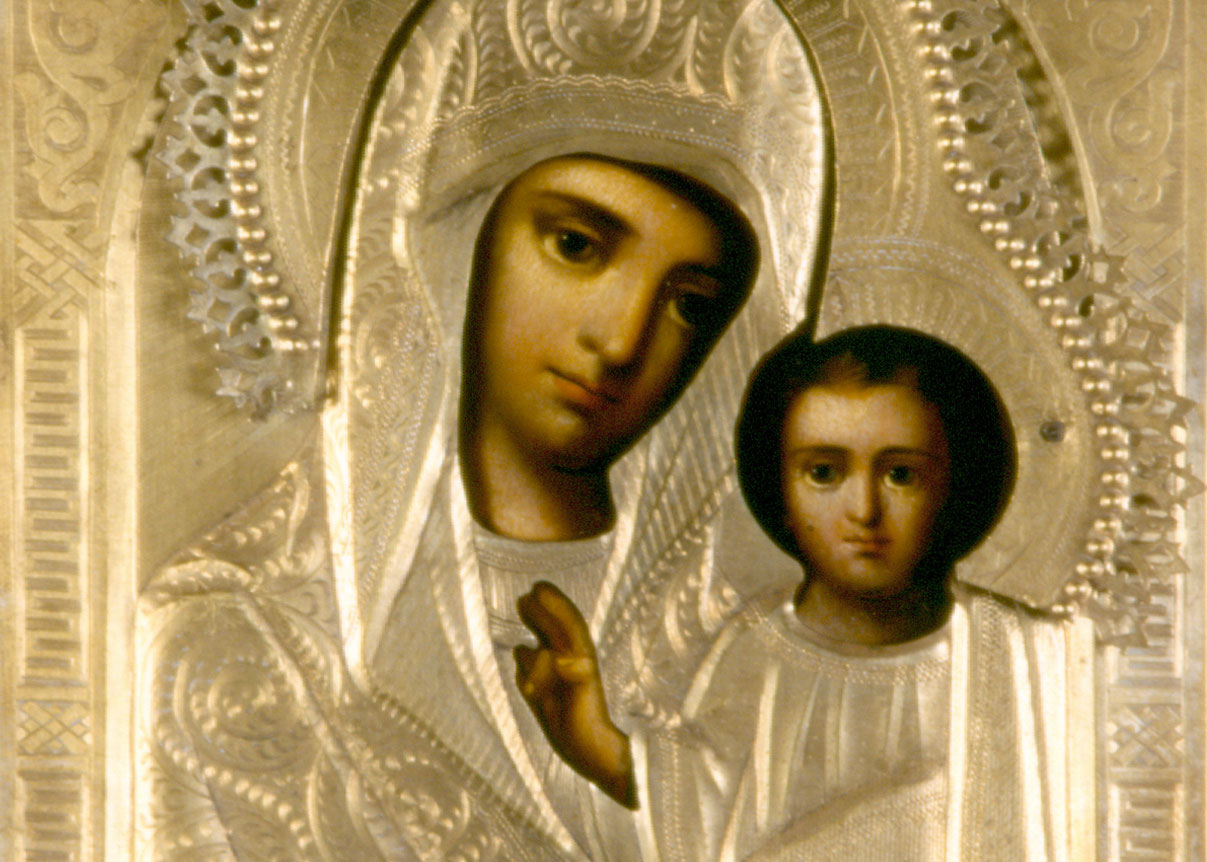
Madre di Dio di Kazan, fine XIX sec., Collezione F. Bigazzi

Zugrav Ioan, Sinassi degli arcangeli, 1709 - Collezione Belvedere spa
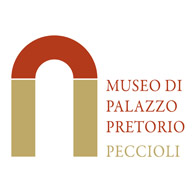
Pretorian Palace Museum
Since the 1990s, Peccioli has believed in the possibility of a dialogue between its medieval history and contemporary art, through an operation aimed to introduce site-specific interventions into the urban structure, such as the installations “Fonte” [“Font”] and “Chiacchiere” [“Talks”] by Vittorio Corsini, or “Colonna che scende” [“Column that descends”] by Hidetoshi Nagasawa, up to “Acropoli” [“Acropolis”] by Vittorio Messina and “Ospiti” [“Guests”] by Fortuyn / O'Brien, just to name a few.
For over twenty years contemporary art has been merging with the urban space, talking of a place and its inhabitants and establishing a dialogue between the present, the past and some ancient iconographic languages. All this was renewed with the New Opening of the Praetorian Palace Museum.
The old palace housed the Museum of Russian Icons “F. Bigazzi”, inaugurated in 2000, which over the years has become a place of conservation and exhibition of two collections of icons, for a total of about 200 works on display: the Bigazzi and Belvedere collections, which are periodically increased through well-aimed and careful purchases of selected works.
The Museum is enriched by the Collection of Engravings and Lithographs – Vito Merlini Donation, a collection of works ranging from informal to figurative art, up to metaphysics: 279 sheets among engravings, lithographs, woodcuts and serigraphs collected by Vito Merlini, a physician from Peccioli, who donated them to the Municipality in 2006.
The old palace, dating back to the medieval age and refurbished at the turn of the 19th century, was the symbol of the political power’s centrality over the centuries. Today it has become the fulcrum of Peccioli’s organization as to museums and exhibitions, comparing and connecting contemporary art with an art of seemingly distant places.
Icon Collections
F. Bigazzi Russian Icon Collection
he Bigazzi Collection consists of mainly Russian icons, dating back to 18th – beginning of 20th c. and typical of a “domestic” worship. They can be either tempera painted, according to traditional techniques, or oil painted, according to an “academic” method. Most of these “domestic” icons were typical of folk devotion: they were transmitted from generation to generation.
The Bigazzi Collection has formed the first nucleus of artworks of the F. Bigazzi Russian Icon Museum, which was opened in 2000 as a consequence of the encounter between the Peccioli Town Council and Francesco Bigazzi, a collector, for long years a news reporter from Moscow, then Culture and Press Attaché at the Italian General Consulate of St.-Petersburg and now the President of the Association Friends of the Ermitage Museum – Italy.
Belvedere S.p.A. Icon Collection
The Belvedere Collection, a unique one in its genre, puts on display wooden icons with a singular, unusual feature: dating back to 18th – 20th c. and coming from many countries and regions (Russia, Armenia, the Balkans, Constantinople, Estonia, Jerusalem, Greece, Ionian Islands, Latvia, Mount Athos, Romania, Transylvania and the Ukraine), they are dated, signed or with a dedication. In addition, a whole exhibition section is dedicated to crosses, icons and bronze polyptychs, most of which typical of the Old Believers’ production. Among them a very rare example of baptismal cross, dating back to 15th c., stands out.
Belvedere S.p.A. is a company that believes in the development and promotion of the territory, accomplishing projects that combine business outcome to investments in culture. Very important was its contribution in enriching the collections of this icon museum that, in a multiethnic society, has become an encounter and integration point for the cultures of both East and West Europe, as well as a place where people would like to build peace.
Bronze Icon Collection – Giuseppe and Paola Berger Donation
The Giuseppe and Paola Berger donation includes 51 bronze icons and one bone icon, dated between 17th and 19th century. These icons include crosses, tryptychs and polyptychs with four doors, icons of Christ, of the Mother of God, of the Saints and of the Feasts.
All the artworks are typical of the production of the Russian Old Believers, which began in the north of Russia and thence passed to other areas, among which the Moscow one.
Giuseppe and Paola Berger during the past years had already exhibited in Peccioli bronze icons and precious salt cellars from Imperial Russia.
Collection of Engravings and Lithographs – Vito Merlini Donation
The Collection of Engravings and Lithographs – Vito Merlini Donation was born in 2006 thanks to a philanthropic act by Vito Merlini and by the will of the Municipal Administration and Belvedere S.p.A., in the belief that precisely in the etymological meaning of the word “γραϕία” [“grafìa”] understood as “sign, drawing, engraving” resides the poetics of the work of art realized in the immediacy of the graphic gesture, which does not allow hesitations and repentance, always keeping a character of simplicity and freshness.
The collection consists of 279 sheets including engravings, lithographs, woodcuts and serigraphs: a collection of works that fully present and summarize the Italian art scene of the 20th century.
There are many pure engravers whose works are part of the donation (Viviani, Piacesi, Bartolini, Zancanaro, Gulino, Mongatti, Greco, Morena, Parigi, etc.), in addition to the painters and sculptors who devoted themselves to the practice of engraving and lithographic techniques with extraordinary results: Baj, Breddo, Carrà, Guerricchio, Guttuso, Possenti, Morlotti, Maffi, Manzù etc. There are many other prominent names: Carla Accardi, Annigoni, Cantatore, Dorazio, Fattori, Goya, Marino Marini, Miró, De Chirico, Dalí, Saetti, Sassu, Scialoja, Soffici, Vangi, Vittorini.
Vito Merlini, a physician from Peccioli, was a man with a multifaceted personality. He permeated many aspects of community life: he was an actor and the President of the Philharmonic Society, as well as the President of the Peccioli Cycling Union and of the Football Club.
Timetable
Tuesday 9 am – 1 pm
Wednesday 3pm – 7pm
Saturday, Sunday e holidays 10am – 1pm, 2pm – 7pm
During the opening time of the museum it is possible to go up to the Rooftop Terrace and from there admire the belltower and a unique landscape.
Closed on January 1st, Easter Tuesday, May 1st, August 15th, first Tuesday in October, December 24th, 25th and 31st.
Tickets
Free entry
Schools and groups can request guided tours outside the opening hours at the Organizing Secretariat (tel. 0587 672158, info@fondarte.peccioli.net)
Inviaci un messaggio
Contatti
- Piazza del Popolo 10 - Peccioli
- 0587 672158
- info@fondarte.peccioli.net